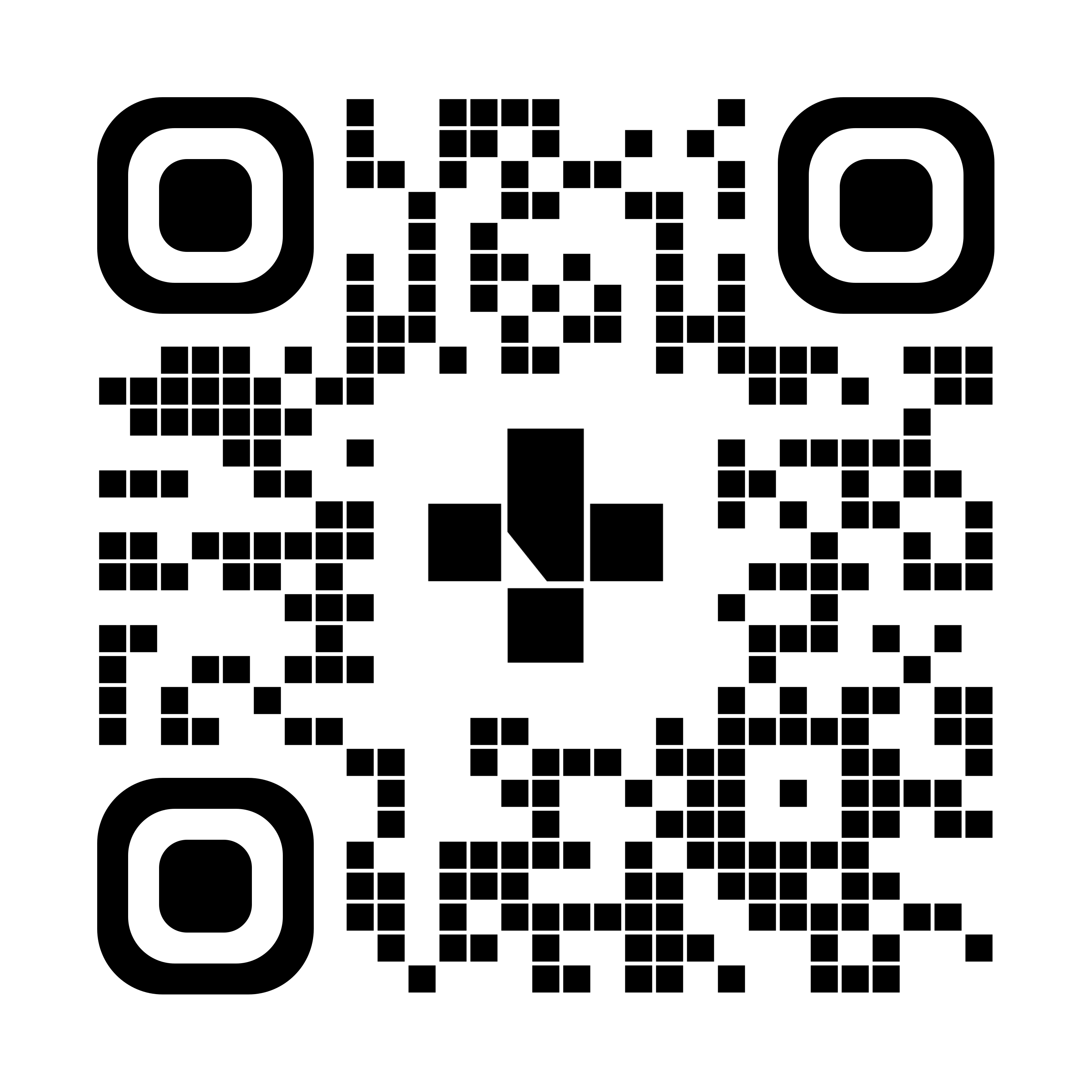Your Child's Equipment
Standing frame tips
There are many reasons that standing frames might be used to support your child with standing. Using this equipment with your child can feel overwhelming and hard sometimes. When talking to your child’s healthcare team about a standing frame, there are a few tips and questions to ask that will help make it easier.
Where is your child going to use the standing frame?
- What does your space at home look like?
- Where are you going to store the standing frame when it’s not being used?
- Where is it going to be used? For example, the living room, kitchen, deck, or outside.
- Will it be used in multiple environments, like at school and at home? How will you get the standing frame back and forth?
How are you going to get your child in and out of the standing frame?
It’s important to think about what this will look like at home. Make sure to practice with your healthcare team so you can learn to make this transfer into and out of the equipment safe for both you and your child.
- Are you going to need additional help?
- Are you going to need mechanical lift equipment? If you do, can the lift and standing frame fit in the same space?
When are you going to use the standing frame with your child?
Work with your healthcare team to decide when to use the standing frame during your child’s daily routine.
- What things does your child enjoy? How can the standing frame help them participate in those activities?
- Does your child have a medication routine that will help with the use of the standing frame? For example, if your child takes medication to help their muscles relax, it may be helpful to use the standing frame when the medication is at full effect.
How long does my child need to use the standing frame?
Children get the most benefit from using a standing frame for 60 minutes per day. Sometimes it can be challenging to have your child in the standing frame for 60 minutes. Instead, you can try:
- 2 times for 30 minutes each
- 3 times for 20 minutes each
- 4 times for 15 minutes each
All these options total 60 minutes in a day. This can be a great way to start to introduce your child to a standing frame when it’s new to their routine.
What can I do with my child when they’re in the standing frame?
Another thing that can be challenging is knowing what to do with your child once they’re in the standing frame. There are many ways to build the standing frame into your child’s daily activities.
- Kitchen activities, like helping with dishes, mixing ingredients together, or food play.
- Colouring, painting, stickers, or other arts and crafts.
- Outside play, like bubbles, water play, basketball, or sand play with a bucket.
- Watch their favourite TV show or play a video game.
- Science class, gym class, art class, or other opportunities at school.
Think about things your child likes to do. This can make time in the standing frame more meaningful and go by quickly.
When should you call for help?
For more information and support using a standing frame with your child, contact your healthcare provider, a pediatric physiotherapist, or a pediatric occupational therapist.
To see this information online and learn more, visit MyHealth.Alberta.ca/health/aftercareinformation/pages/conditions.aspx?hwid=custom.ab_childs_equip_standing_frame_tips_inst.

Related to Your Child’s Equipment
For 24/7 nurse advice and general health information call Health Link at 811.
Current as of: October 31, 2024
Author: Pediatric Rehabilitation Services, Alberta Health Services
This material is not a substitute for the advice of a qualified health professional. This material is intended for general information only and is provided on an "as is", "where is" basis. Although reasonable efforts were made to confirm the accuracy of the information, Alberta Health Services does not make any representation or warranty, express, implied or statutory, as to the accuracy, reliability, completeness, applicability or fitness for a particular purpose of such information. Alberta Health Services expressly disclaims all liability for the use of these materials, and for any claims, actions, demands or suits arising from such use.
